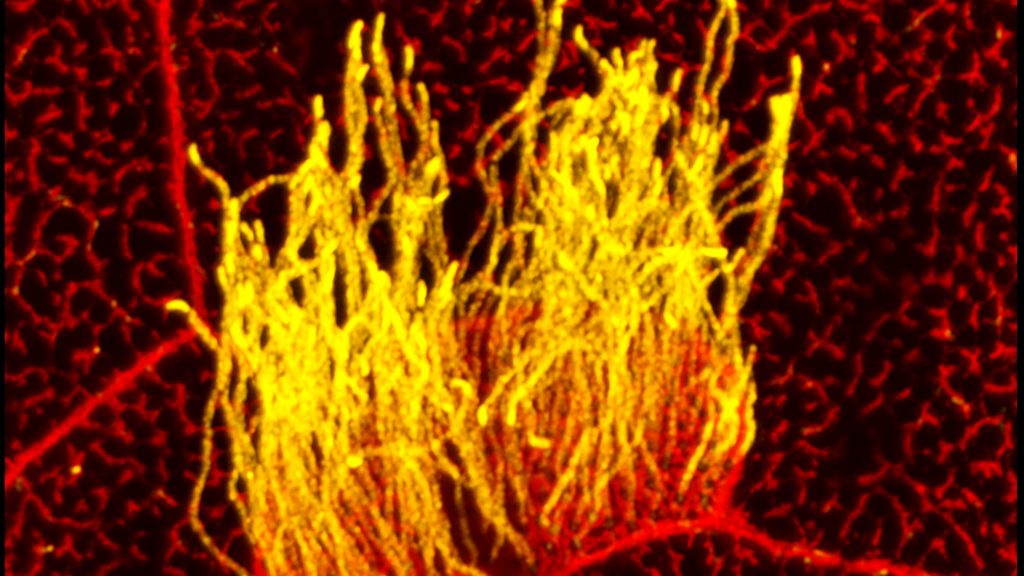renal – NIH Director's Blog (original) (raw)
Using Frogs to Tackle Kidney Problems
Posted on October 11th, 2018 by Dr. Francis Collins

Credit: Vanja Krneta-Stankic and Rachel K. Miller, McGovern Medical School, Houston
Many human cells are adorned with hair-like projections called cilia. Scientists now realize that these specialized structures play many important roles throughout the body, including directing or sensing various signals such as fluid flow. Their improper function has been linked to a wide range of health conditions, such as kidney disease, scoliosis, and obesity.
Studying cilia in people can be pretty challenging. It’s less tricky in a commonly used model organism: Xenopus laevis, or the African clawed frog. This image highlights a healthy patch of motile cilia (yellow) on embryonic skin cells (red) of Xenopus laevis. The cilia found in humans and all other vertebrates are built from essentially the same elongated structures known as microtubules. That’s why researchers can learn a lot about human cilia by studying frogs.
Posted In: Snapshots of Life
Tags: African clawed frog, animal models, cilia, ciliopathies, FASEB Bioart 2017, frog, kidney, kidney cysts, kidney disease, kidney tubules, motile cilia, obesity, renal, scoliosis, Xenopus laevis